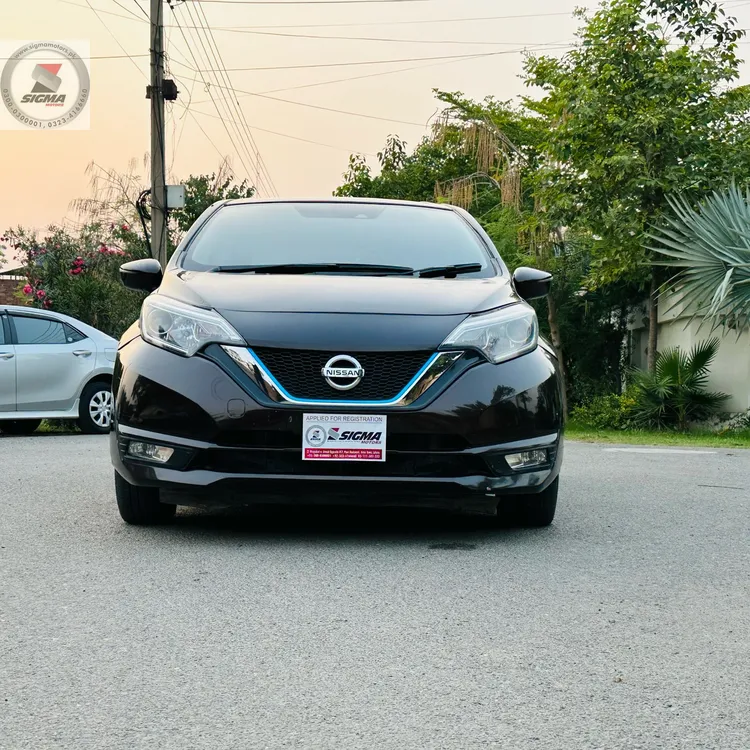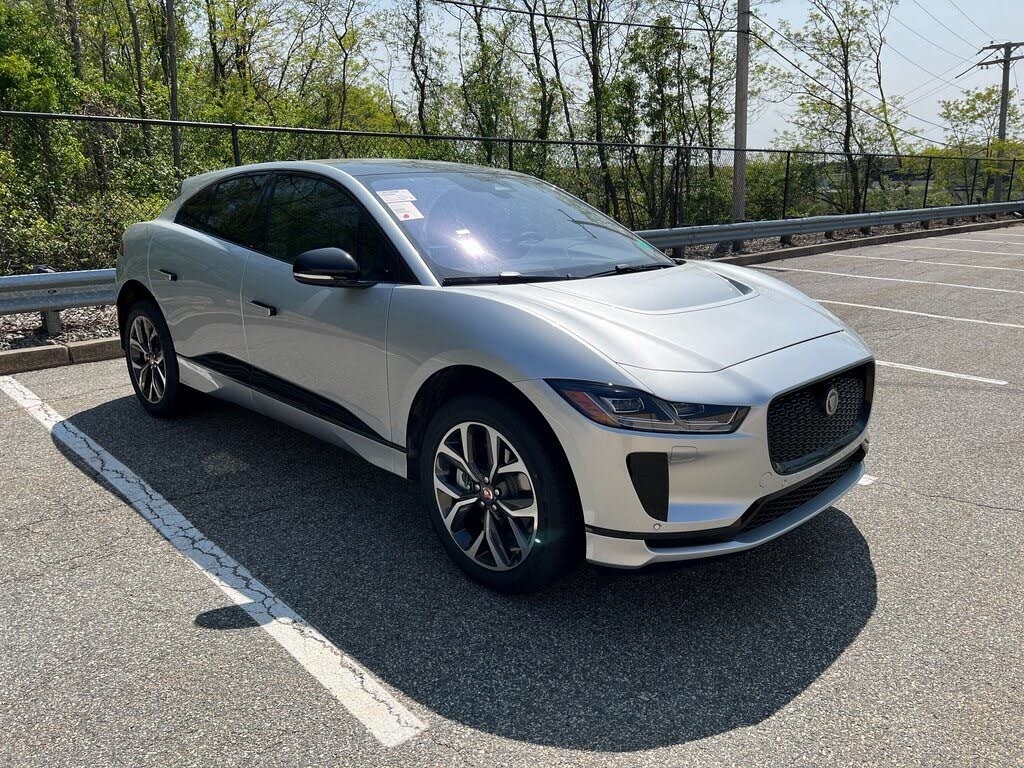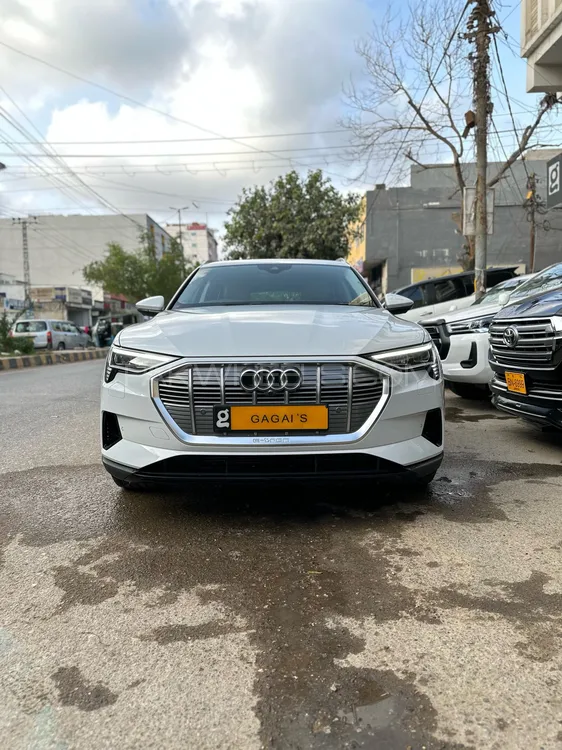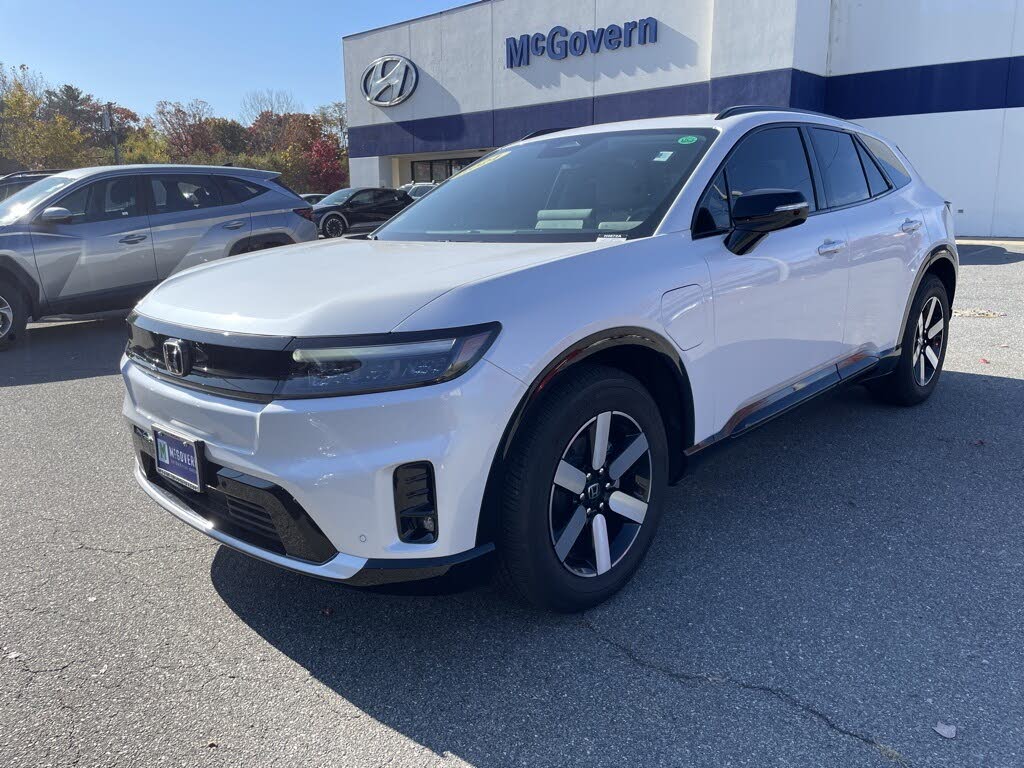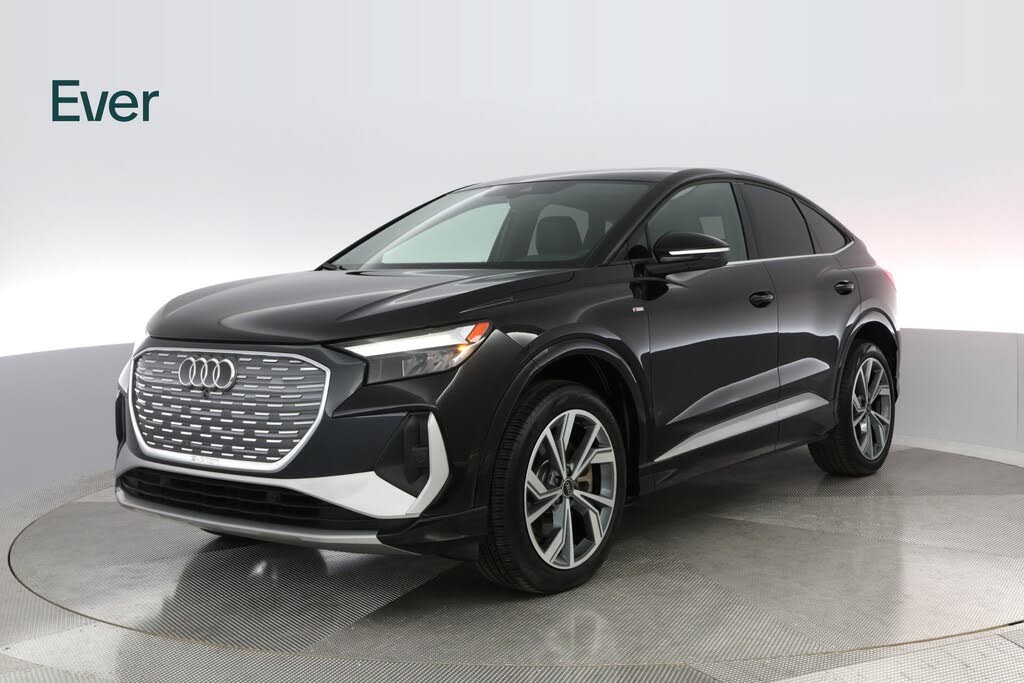Home > News & Blogs > EV Charging Times: How Long Does It Take to Power Up Your Electric Car?
EV Charging Times: How Long Does It Take to Power Up Your Electric Car?
Electric Vehicle Charging Explained: Level 1, Level 2, and DC Fast Charging
Timing is Everything: Understanding EV Charging
Electric vehicles (EVs) are revolutionizing the automotive industry, offering a cleaner, more sustainable alternative to traditional gasoline-powered cars. However, one of the most common questions potential EV owners have is: How long does it take to charge an electric vehicle? The answer depends on several factors, including the type of charger, the vehicle’s battery capacity, and even the weather. In this guide, we’ll break down everything you need to know about EV charging, from Level 1 to DC Fast Charging, and help you make informed decisions about your next electric vehicle.
What You Need to Know About Electric Vehicle Charging
Charging an electric vehicle is similar to charging your smartphone. You plug it in overnight, and it’s ready to go the next day. However, unlike your phone, EVs come with different charging options that vary in speed and convenience. The three primary types of EV charging are:
- Level 1 Charging: The slowest but most accessible option.
- Level 2 Charging: Faster and more versatile for daily use.
- DC Fast Charging: The quickest option for long-distance travel.
As EV adoption grows, so does the charging infrastructure. Currently, there are over 40,000 public charging stations in the U.S., and this number is increasing rapidly. Understanding the differences between these charging options will help you optimize your EV experience.
--TOP ADVERTISEMENT HERE--
How Fast is Level 1 Charging?
Level 1 charging is the most basic form of EV charging. It uses a standard 120-volt AC outlet, the same type you’d find in your home. No special installation is required, and all new EVs come with a Level 1 charger. While convenient, Level 1 charging is also the slowest option.
Here’s what you can expect:
- Charging Speed: 2 to 5 miles of range per hour.
- Typical Use Case: Overnight charging for daily commutes.
- Time to Full Charge: Up to 50 hours for a 250-mile range EV.
While Level 1 charging is sufficient for many drivers with short commutes, it may not be practical for those who frequently take long trips or have unpredictable schedules.
How Fast is Level 2 Charging?
Level 2 charging is the most popular option for EV owners, offering a significant improvement in speed over Level 1. It requires a 240-volt outlet, similar to what’s used for large appliances like dryers. While you’ll need to purchase and install a Level 2 charger, the investment is often worth it for the added convenience.
Key features of Level 2 charging include:
- Charging Speed: 10 to 20 miles of range per hour.
- Typical Use Case: Home charging, workplace charging, and public stations.
- Time to Full Charge: Approximately 12.5 hours for a 250-mile range EV.
Level 2 chargers are widely available, making up over 80% of public charging stations. They’re ideal for drivers who need a faster, more reliable charging solution.
--FIRST CONTENT ADVERTISEMENT HERE--
How Fast is DC Fast Charging?
For those who need the fastest charging speeds, DC Fast Charging is the way to go. Unlike Level 1 and Level 2 chargers, which use AC power, DC Fast Chargers convert power to DC before it enters the vehicle. This allows for much faster charging times, making it ideal for long-distance travel.
Here’s what you need to know:
- Charging Speed: 60 to 80 miles of range in 20 minutes.
- Typical Use Case: Public charging stations along highways.
- Time to 80% Charge: Less than an hour for most vehicles.
It’s important to note that not all EVs support DC Fast Charging, especially older models. However, most new EVs are compatible, making this a viable option for many drivers.
What About Tesla Superchargers?
Tesla’s Supercharger network is a game-changer for Tesla owners. These stations use DC Fast Charging technology but are specifically designed for Tesla vehicles. The latest Superchargers can add up to 75 miles of range in just 5 minutes, making them some of the fastest chargers available.
While Tesla Superchargers are currently exclusive to Tesla vehicles, they offer a glimpse into the future of EV charging. As technology advances, we can expect similar speeds and convenience to become available for other EV brands.
--SECOND CONTENT ADVERTISEMENT HERE--
Does Temperature Affect Charging Speed?
Yes, temperature can have a significant impact on EV charging. Cold weather, in particular, can slow down charging speeds and reduce your vehicle’s range. This is because batteries are less efficient in extreme temperatures. While advancements in battery technology are addressing these issues, it’s still a good idea to plan ahead during the winter months.
Other Factors to Consider
Every electric vehicle is unique, with different battery sizes and charging capabilities. This means that charging times can vary significantly between models. If you’re considering purchasing an EV, be sure to check the manufacturer’s specifications for charging times and compatibility with different charging levels.
--FOURTH CAR LIST HERE--
Additionally, factors like your driving habits, the availability of charging stations in your area, and even the time of day you charge can all impact your EV experience. By understanding these variables, you can make the most of your electric vehicle and enjoy a seamless driving experience.
Conclusion
Electric vehicle charging doesn’t have to be complicated. By understanding the differences between Level 1, Level 2, and DC Fast Charging, you can choose the option that best suits your lifestyle. Whether you’re charging at home, at work, or on the go, there’s a solution that will keep your EV powered and ready for the road. As EV technology continues to evolve, we can expect even faster charging times and more widespread infrastructure, making electric vehicles an increasingly attractive option for drivers everywhere.
--THIRD CONTENT ADVERTISEMENT HERE--

motorvero013
Last Updated On Apr, 02-2025
